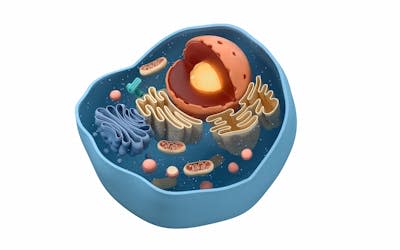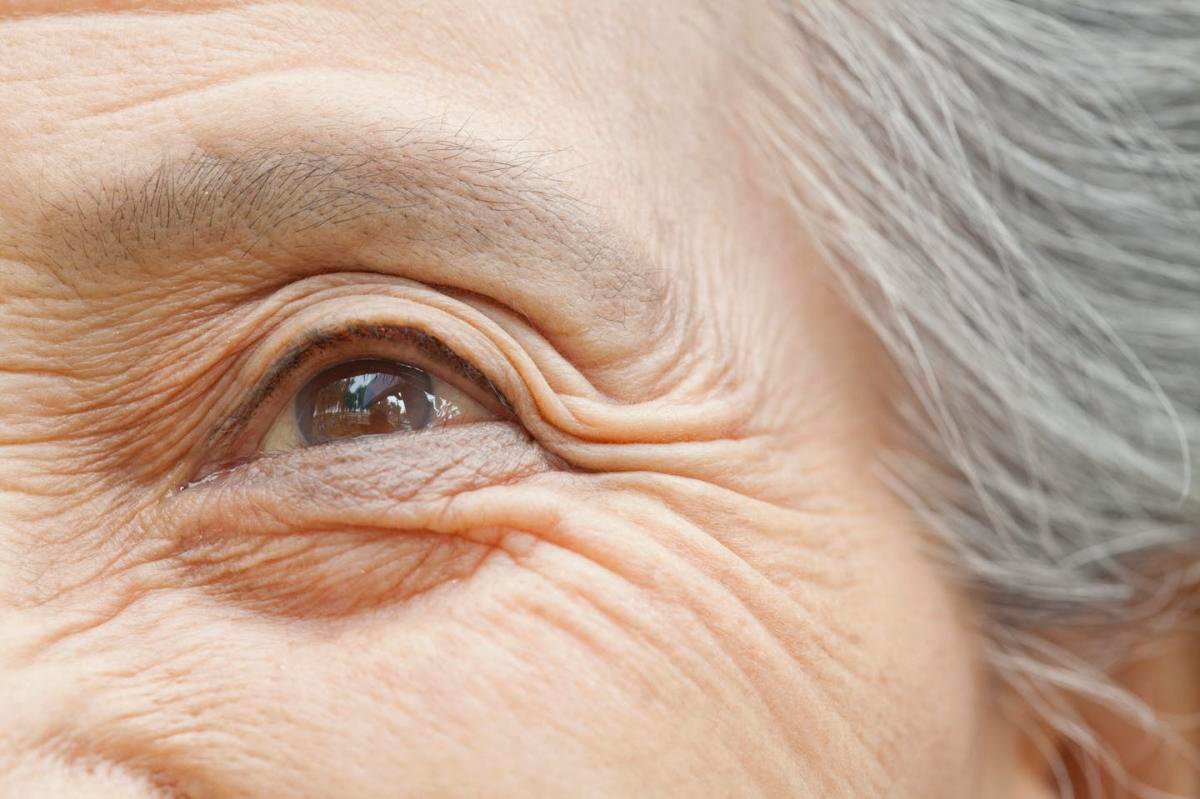You probably know people who age slowly and look many years younger than their birthday. You’ve also probably seen the opposite: people whose bodies and minds seem to age faster than others. Why do some people glide smoothly through their golden years while others struggle physiologically in middle age?
I have worked in the field of aging for my entire scientific career and teach the cell and molecular biology of aging at the University of Michigan. Aging research has not tended to focus on finding a single treatment that will cure all the diseases that occur in old age. Rather, research over the last decade or two has shown that aging is a multifactorial process and that no single intervention can stop it all.
What is aging?
Although there are many different definitions of aging, scientists generally agree on some commonalities: aging is a time-dependent process that increases vulnerability to disease, injury, and death. This process is both intrinsic, as our own body creates new problems, and extrinsic, as environmental stimuli damage tissues.
The body is made up of trillions of cells, each of which is not only responsible for one or more functions specific to the tissue in which it resides, but also must perform all the tasks necessary to sustain life, including metabolizing nutrients, removing waste products, exchanging signals with other cells, and adapting to stress.
The problem is that every process and component within each cell can be interrupted or damaged, so your cells spend a lot of energy every day trying to prevent, recognize and repair those problems.
Aging can be thought of as a gradual loss of ability to maintain homeostasis (a state of balance between body systems) either through the failure to prevent or recognize damage or functional decline, or through the failure to adequately or quickly resolve problems when they occur. Aging results from a combination of these problems. Decades of research have shown that nearly every cellular process is impaired with age.
DNA repair and protein recycling
Most research into cellular aging has focused on studying how DNA and proteins change with age. Scientists are also beginning to address the potential role that many other important biomolecules within cells play in aging.
One of the main jobs of cells is to maintain DNA – the instructions that the cellular machinery reads to make specific proteins. Maintaining DNA involves preventing and accurately repairing damage to the genetic material and the molecules that bind it.
Proteins are the workhorses of cells: they carry out chemical reactions, provide structure, send and receive messages, store and release energy, and perform many other roles. When proteins are damaged, cells use specialized protein-mediated mechanisms to repair them or send them off for recycling. Similar mechanisms also hide proteins that are no longer needed out of the way or destroy them so their components can later be used to make new proteins.
Aging disrupts delicate biological networks
Crosstalk between intracellular components, whole cells, organs, and the environment is a complex and constantly changing information network.
When all the processes involved in making and maintaining DNA and protein function are working properly, different compartments within a cell (called organelles) perform specialized roles to keep the cell healthy and functional. For an organ to function properly, the majority of the cells that make it up must function properly, and all organs in the body must function properly for the entire organism to survive and thrive.


Aging can cause malfunctions at any of these levels, from within the cell to the organism. Genes that code for proteins important for DNA repair may become damaged, making all other genes in the cell more likely to be repaired incorrectly. Or the cell’s recycling system may fail to break down malfunctioning components. Even communication systems between cells, tissues and organs may become impaired, making it difficult for an organism to adapt to changes within the body.
Random events cause increasing molecular and cellular damage that becomes increasingly difficult to repair over time. As this damage accumulates, so does the system that repairs it. This creates a cycle of increasing wear and tear as cells age.
Anti-Aging Interventions
The interdependence of life’s cellular processes is a double-edged sword: if one process is sufficiently damaged, all others that interact with or depend on it are impaired. However, this interconnectedness also means that strengthening one highly interconnected process can improve related function as well. In fact, this is how the most effective anti-aging interventions work.
While there is no magic bullet to stop aging, certain interventions appear to be effective in slowing it down in the laboratory, and while clinical trials are underway investigating different approaches in humans, most of the existing data comes from animals such as worms, flies, mice, and non-human primates.
One of the best-studied interventions is caloric restriction, which reduces the amount of calories an animal would normally consume while not depriving it of necessary nutrients. Rapamycin, an FDA-approved drug used in organ transplants and some cancer treatments, appears to work using at least some of the same pathways that caloric restriction activates in cells. Both affect signaling hubs that tell cells to preserve existing biomolecules rather than growing and building new ones. Over time, this cellular version of “reduce, reuse, recycle” clears out damaged components and increases the proportion of functional ones.
Other interventions include altering the levels of specific metabolites, selectively destroying senescent cells that have stopped dividing, altering the gut microbiome, and modifying behavior.
What all these interventions have in common is that they affect core processes essential for cellular homeostasis, which are often dysregulated and dysfunctional with age and are linked to other cellular maintenance systems, often central drivers of mechanisms that protect DNA and proteins in the body.
There is no single cause of aging. No two people, no two cells, age in the same way. There are countless ways in which basic biological functions can deteriorate over time, which add up to each person’s unique network of aging-related factors, making it extremely difficult to find a one-size-fits-all anti-aging treatment.
However, studying interventions that simultaneously target multiple important cellular processes may help improve and maintain health over longer periods of life, and in the process, these advances may help people live longer lives.
This article is republished from The Conversation, a nonprofit, independent news organization providing facts and trusted analysis to help people make sense of a complex world. Author: Ellen Qualls University of Michigan
read more:
Ellen Qualls does not work for, consult, own shares in, or receive funding from any company or organization that would benefit from this article, and has disclosed no relevant affiliations beyond her academic appointment.

